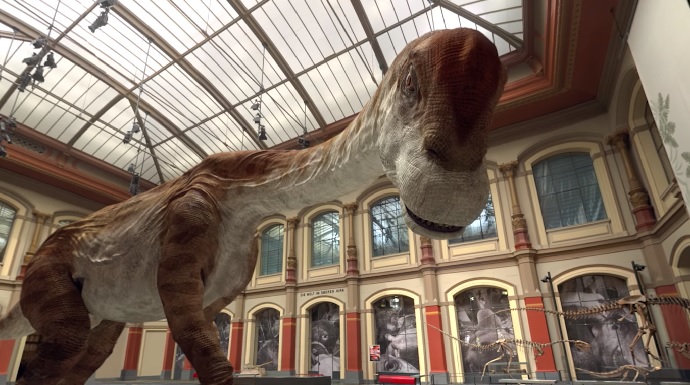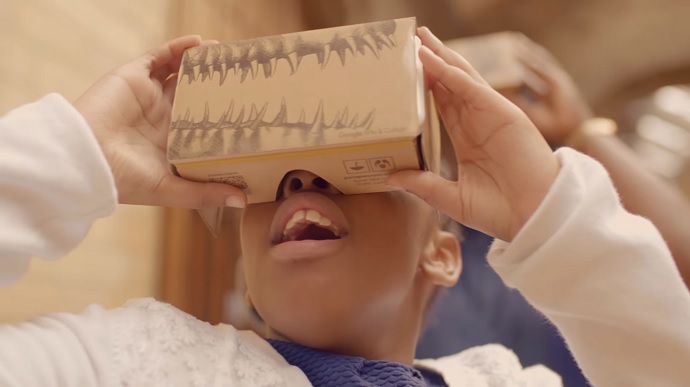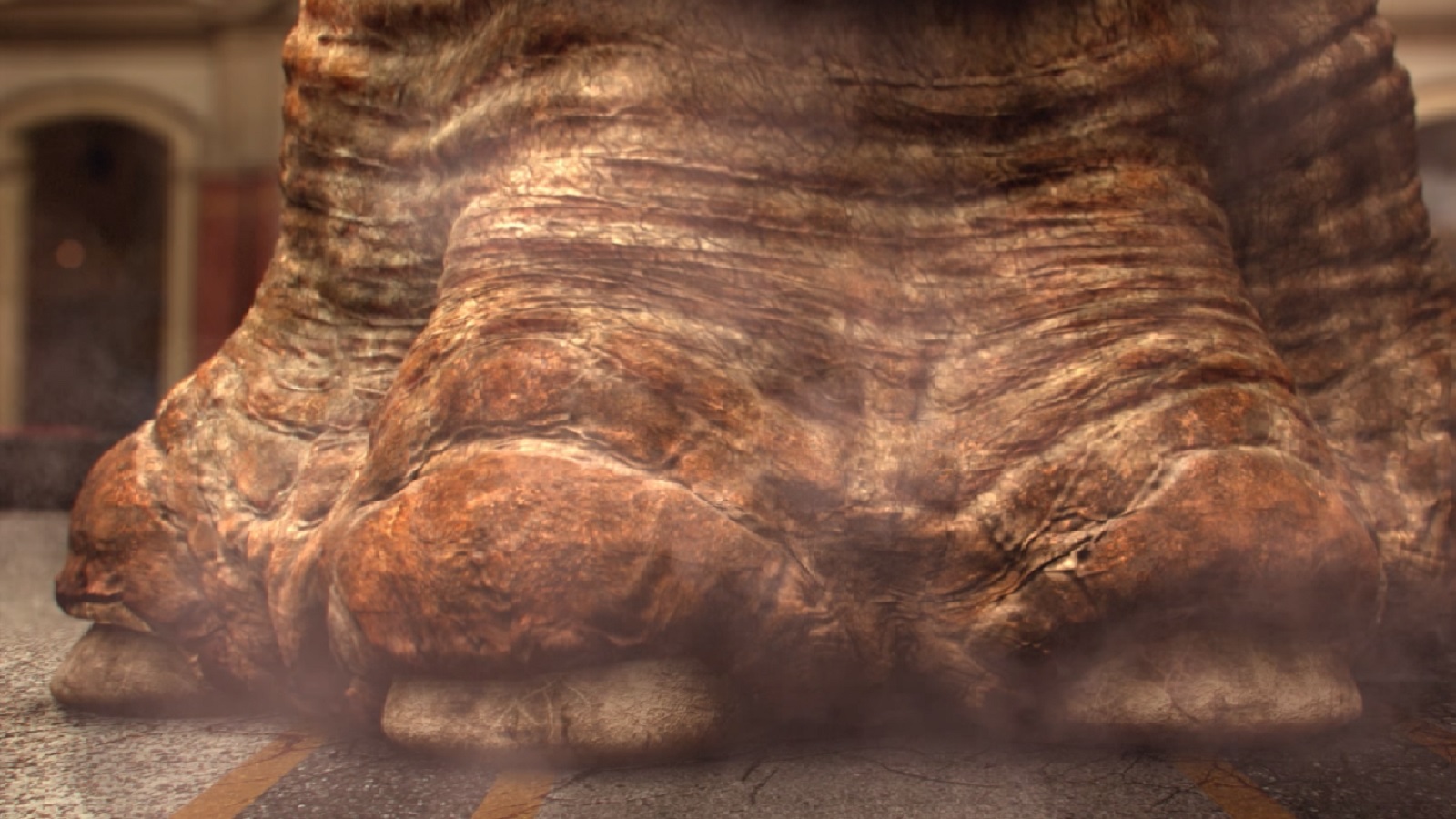Dinosaurs naturally captivate our interest. Their popularity among enthusiasts continues to be promoted by dinosaur-themed movies, entertainment parks, and — more recently — memes. These creatures interest people because maybe we’re tempted to learn more about the geological past of the Earth and what happened before Homo Sapiens appeared.
The dinosaur world is fascinating for those who want to understand the origins of Earth’s biodiversity, but sadly, it can be difficult to explore. Fortunately, part of what scientists and paleontologists have discovered is on display at prestigious natural history museums around the world.
Because the renowned museums are out of reach for some, Google Arts & Culture and Google Creative Lab teamed up with more than 50 institutions to give science lovers a chance to explore the beautiful, dangerous, and fascinating world up close. The colossal creatures were brought “Back to Life” through a series of more than 30 realistic virtual tours, composed by 300,000 images and videos, and 150 interesting stories told by experts.

#PreviouslyOnEarth is a Google project chronicling the life of these giant beasts that once ruled the world before going extinct 66 million years ago. This week’s #ThrowBrandThursday challenges science enthusiasts to embark on a 360-degree immersive journey, during which they can meet a Rhomaleosaurus and a Giraffatitan.
Users are introduced to a powerful figure of the Mesozoic era, Rhomaleosaurus, a sea dragon that lived about 180 million years ago and is known for being one of the earliest reptile predators, which used to hunt in a similar way as the modern sharks. The early Jurassic reptile, with a length of 7 meters, is hosted by the Natural History Museum in London, and can now be admired by any dinosaur lover. With the help of Google’s virtual reality viewer, users are teleported to an exclusive journey narrated by Bettany Hughes, with the chance to closely analyze the story of the early predator.
And if you think that this encounter was impressive, wait until you come face-to-face with one of the largest dinosaurs ever walk the surface of the Earth, the Giraffatitan, or Brachiosaurus (B. brancai) as it was originally called. In partnership with the Museum für Naturkunde in Berlin, the story of one of the world’s tallest dinosaurs can be seen and heard in a digital experience dedicated to this colossal entity of the past, with an estimated height of 12 meters and a length of 22 meters.
A team of scientists together with Google executed these VR tours and carried the viewers right into the middle of an extinct world. As Google proclaims they, “worked with ecologists, paleontologists, and biologists to put virtual skin and flesh on the preserved skeletons. From the size of the eye to the position of the snout and the bend of the neck, the texture and creases of the skin were all painstakingly recreated, and verified by a team of scientists.”
The exciting experience, which won Google Creative Lab and Google Arts & Culture a Wood Pencil award at the 2017 D&AD awards, is just a glimpse of what the tech company is preparing for science and VR enthusiasts.
Google’s global exhibition of natural history also includes other experiences that are just waiting for you to discover them. You can dive into a journey through time, starting 4.6 billion years ago, to discover the origins of the solar system; or you can analyze Darwin’s theory of evolution, and even meet your pre-historic predecessors. If you feel like visiting world-famous museums, you can take a short walk through the halls of the American Museum of Natural History, South Australian Museum, or State Darwin Museum in Moscow.
Thanks to the powerful visual experience that it offers, Google’s free collection is a perfect learning tool for children. There are over 20 Google Expeditions prepared for teachers who want to bring their lessons to life, by explaining science using technology and captivating images.

Google’s multi-sensory journey and its astounding content became available in September 2016, and can also be experienced on mobile as an app for iOS or Android. So, don’t hesitate and take a digital 360-degree dive in the seas of prehistoric era.
Credits:
Advertising Agency: Google Creative Lab
Production Company: Framestore
Director: Google Creative Lab
Producer: Google Creative Lab
Animation Company: Framestore
Audio Post Production: Grand Central Recording Studios
Sound Designers Steve: Lane and George Castle
